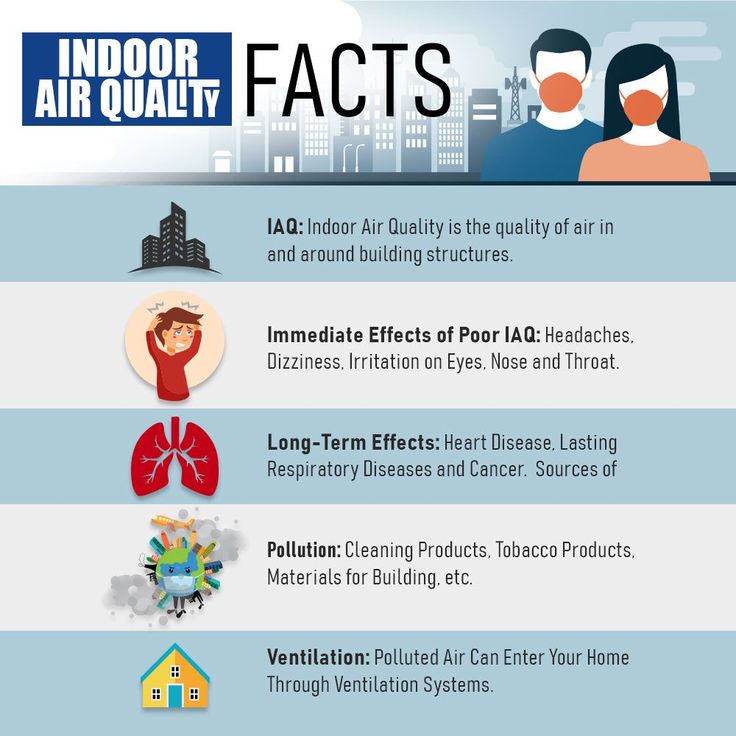Indoor Air Quality (IAQ) modelling, application to COVID-19 transmission
1. Context
1.1. Introduction
Indoor Air Quality (IAQ) refers to the air quality within and around buildings and structures, especially as it relates to the health and comfort of building occupants. As people spend a considerable amount of time indoors, either at work or at home, IAQ plays a significant part in their general state of health. This is particularly true for children, elderly people and other vulnerable groups.
Actually, the air quality in your home can be far more toxic and dreadful than what you may experience outside. The levels of a few air pollutants can be 2 to 5 times higher than their typical outdoor levels. This results in high concentrations of particulate matter and was responsible for roughly 1.5 million to 2 million deaths in 2000 [Ezzati2002].
Below, we illustrate the main facts of IAQ.

The entire world is currently grappling with the COVID-19 pandemic. The global lockdown scenario caused a visible positive impact on outdoor air quality. However, this restriction has put a big question mark on the status of indoor air quality.
Therefore, we are going to implement a model of IAQ and apply it to COVID-19.
1.2. CEMOSIS
My first year internship of master degree is at Strasbourg Center for Modelling and Simulation(Cemosis). Cemosis was created in January 2013 by Christophe Prud’homme and is hosted by IRMA (the Institute of Advanced Mathematical Research). It offers expertise in Modelling Simulation and Optimization (MSO), Data Science, Big Data, Smart Data (DS), High Performance Computing, Parallel Computing, Cloud Computing (HPC) and in Signal and Image processing (SI).
1.3. Objectives
During the second semester of this year, we worked on a project aimed to model the airborne transmission of COVID-19. This internship of the summer 2021 in Cemosis is the following of that work. In our work, we modelled some cases of the airborne transmission of contagious particles in an enclosure.
During this internship we would continue working on what we have started and improve the programs for more results. The main goal of this internship would be modelling indoor air quality and applying it to COVID-19 's transmission in more complex geometry.
Firstly, we will describe the states of the art of two main notions: the IAQ and the COVID-19 pandemic. Then, we will discuss about models and benchmarks related to those fields. To this end, we are going to draw on some scientific reviews such as:
-
Modeling Indoor Air Pollution.[Pepper2009]
-
Effects of the COVID-19 Pandemic on Indoor Air Quality and Thermal Comfort of Primary Schools in Winter in a Mediterranean Climate. [Alonso2021]
-
Predicting the Spatially Varying Infection Risk in Indoor Spaces Using an Efficient Airborne Transmission Model. [Lau2021]
Finally, we would like to couple the IAQ model with the zero-equation turbulence model.
1.5. Acknowledgment
As this internship is the following of the project achieved during the second semester, I would like to thank the team of Cemosis who took me for this two-months internship. Even if it was in telework and during the summer holidays, my tutors were available to answer my questions and guide me in the work.
I would especially thank Mrs Zohra Djatouti for guiding me during all the internship, helping and explaining me the concepts I was not ably to comprehend by myself and even after, for the preparation of the defence.
Although at the end, all the simulations didn’t work well, I find the internship very interesting and instructive, even if some points were hard to apprehend. I would like to have more time et resources to run more simulations.